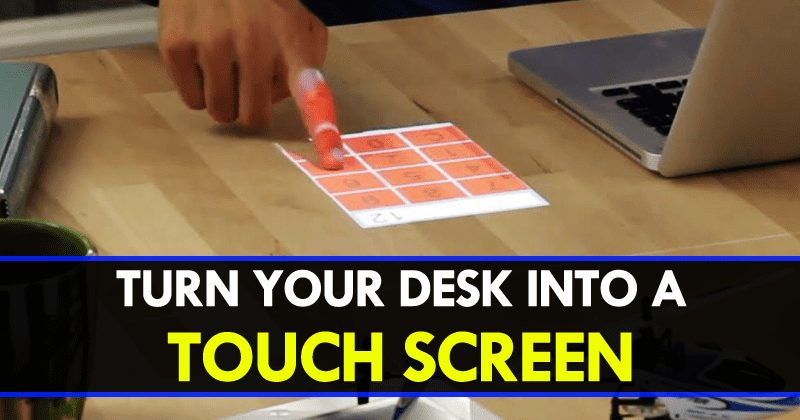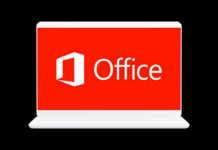Recently, a team of researchers at Carnegie Mellon University has developed an extraordinary system that has the ability to turn your desk into a touchscreen or an Augmented reality workspace.
It may sound quite odd, but it is true.
Turn Your Desk Into An Augmented Reality Workspace
A team of researchers at Carnegie Mellon University has developed a system with the ability to turn a table into a touchscreen. The project is called Desktopography and consists of a small overhead projector, depth sensors, and a computer to reproduce the images on a physical surface and allow users to interact with that in real-time.
Yes, it sounds quite odd, right. But, let me clarify that I am not really joking about this project, as it is true.
As you can see in the following video, its operation is most intuitive since it can interact with the same gestures used in a conventional touch panel.
You have the possibility to select and drag the elements to reorder, adjust the size of the windows, zoom in or associate them with physical objects to move with them, among other options.
According to Robert Xiao, one of the team members and a graduate student who leads the project, Desktopography aims to provide a mixed virtual physical interaction on a desktop or other surface. For this, the platform takes the interaction of the screens of our devices to merge them with our environment so that they could become part of reality.
However, if we talk about the operation of this system, then don’t worry about that, as after watching the many of you might be thinking that the operation of this system would be quite complicated, let me clarify that it is very simple.
It consists of an overhead projector and a camera with depth sensors placed at a certain distance from the surface of the table. The first device is responsible for reproducing the images on the desktop, while the camera is recording the objects and movements of the user’s hands. The user can have multiple open interfaces, organizing the spaces however they want.
At the moment, Desktopography is only a prototype that will be presented at the Symposium on Engineering of interactive computer systems in Lisbon, and its developers have not yet considered its commercialization.
So, what do you think about this extraordinary and amazing system? Share your views and thoughts in the comment section below.



